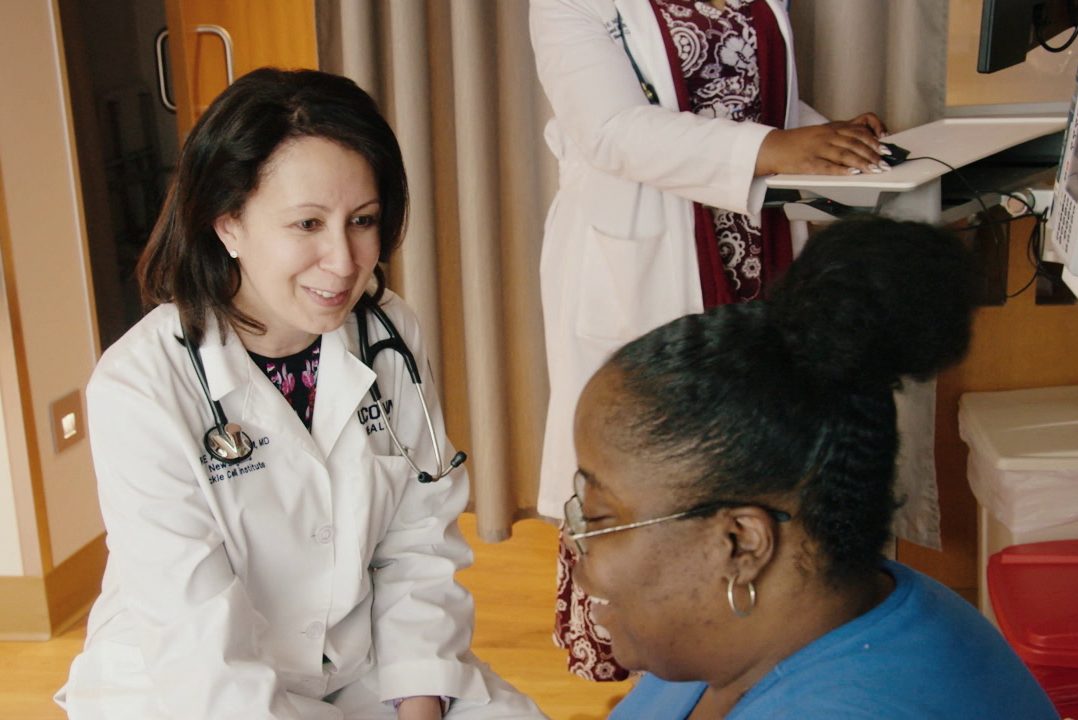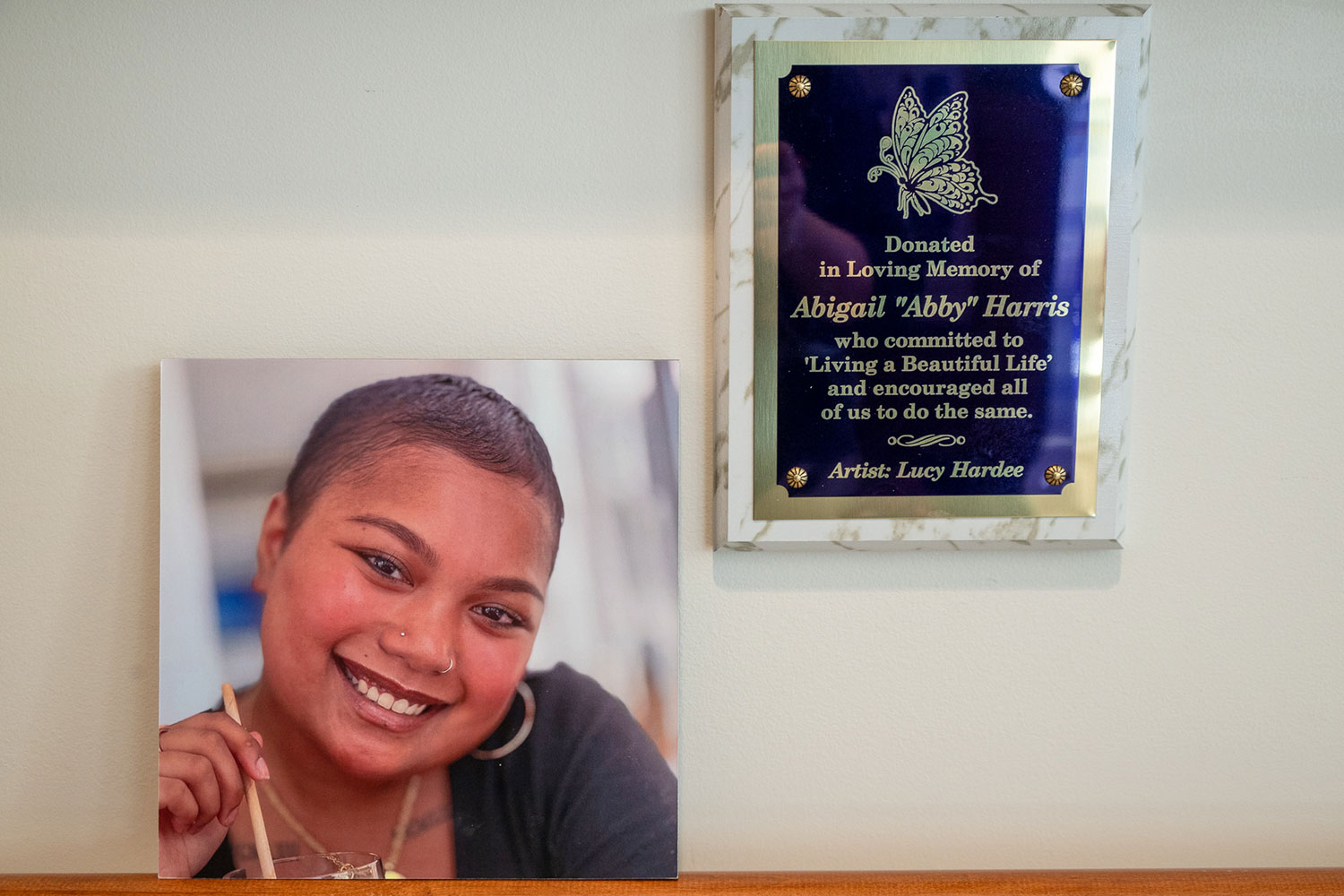The book on treating adults with sickle cell disease is still being written, and the New England Sickle Cell Institute at UConn Health is helping write it.
For most of medical history, adults didn’t have sickle cell disease, because those born with it seldom survived early childhood. The prognosis has improved in recent decades, so much so that modern medicine needs a plan to treat those who’ve aged out of pediatric care.
Dr. Biree Andemariam, medical director of NESCI, is part of a collaboration of global experts who have come up with consensus recommendations for the transition to adult care. The new guidelines, published in April’s Lancet Haematology, seek to implement evidence-based and best-practice-based transitioning of young adults across a variety of health care settings:
- Educate patients from a young age to self-manage symptoms and to recognize when professional intervention is needed.
- Empower young patients to have a voice in their health care plan to help motivate them to take ownership of their wellness.
- All patients transitioning to adult care should be supported by a specially trained community health worker or nurse navigator.
- Create a curriculum and handbook for patients to give them a greater understanding of the disease and the transition of care from pediatric to adult settings.
- Ensure all young patients know when their care will be transferred, and to whom.
- Assess each patient’s readiness for the transition before it moves forward.
“Across the globe, children born with sickle cell disease are often left deserted by the medical establishment when they become adults,” Andemariam says. “Such widespread neglect has led to dramatically increased mortality among young adults with sickle cell disease. The disparity is rooted in a combination of decreasing resources, interest and medical expertise as patients move on from pediatric care.”
The authors also recommend the collection of data to estimate the long-term effect of sickle cell disease on health outcomes, efficacy on health care services, educational and career attainment, and other indirect economic costs.
The World Health Organization considers sickle cell disease a public health priority and says more than 400,000 children worldwide are born with it in an average year. It’s the most common inherited blood disease in the United States, affecting at least 100,000 Americans, according to the National Institutes of Health
Sickle cell disease is a condition in which irregularities in the red blood cells affect the delivery of oxygen to cells throughout the body, making patients prone to anemia, infections, pain, and potential organ failure. The severity of symptoms vary from mild to severe with frequent hospitalization.
Andemariam’s collaborators include researchers from the Evelina London Children’s Hospital, Imperial College Healthcare NHS Trust (London), King’s College of London, the St. Jude Children’s Research Hospital (Memphis), the University of Illinois (Chicago), Churchill Hospital (Oxford, U.K.), Université Paris Descartes (Paris), Lagos State University (Nigeria), Obafemi Awolowo University (Nigeria), American University Beirut (Lebanon), and the University of California San Francisco Benioff Children’s Hospital Oakland.



